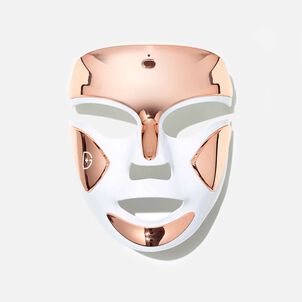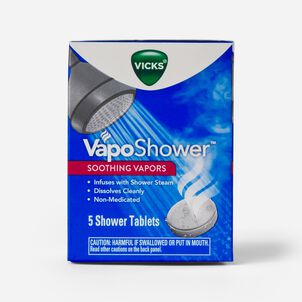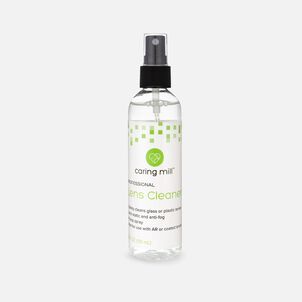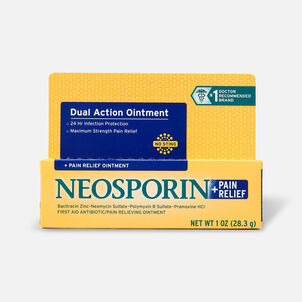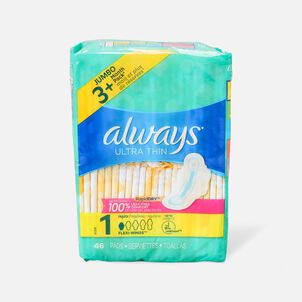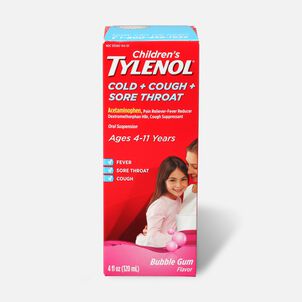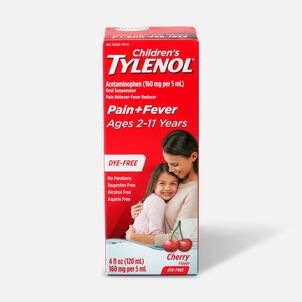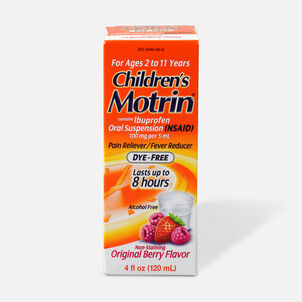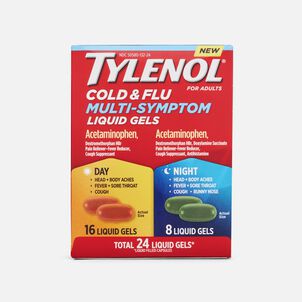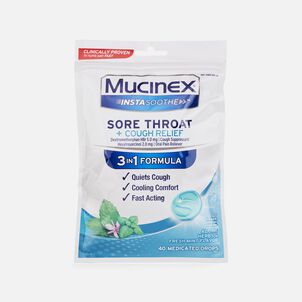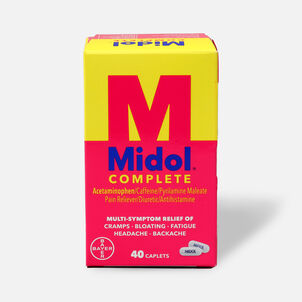 | SHOP NOW
| SHOP NOWWhen the seasons change, our moods can change too. As spring arrives, we may feel more energetic and optimistic. Summer can bring feelings of relaxation. When the colder and darker months arrive, our moods often shift accordingly.
But sometimes, that correlation is strong enough to warrant a diagnosis. Seasonal affective disorder, also referred to as seasonal depression, affects about 5% of the population each year. Symptoms usually begin some time in the fall, and can last until spring.
While we're not medical experts, many people close to us deal with seasonal depression symptoms each year. If you experience seasonal depression, be sure to speak with a qualified medical professional to see about a proper course of treatment.
If they determine you qualify for certain types of treatment, your health savings account can be available to help. Here are some of the ways you can use your HSA to pay for treatment.
Therapy
Talking to a therapist or licensed counselor can be useful during a bout of depression, and fortunately it's covered by both HSAs and FSAs (in some cases, your administrator may ask for specific documentation so it's always wise to speak with them first).
A therapist who specializes in depression or seasonal depression can suggest positive coping techniques to limit the effects. You can find a therapist through your primary care doctor or insurance provider.
Your insurance may cover some (or even all) of a therapist's visit. If he or she doesn't accept insurance, you can still use your HSA card to pay for the visits.
Exercise
Most people who experience depression benefit from exercise, including patients whose depression comes about because of weather changes. In one study, light therapy and aerobic exercise were found to be similarly effective for seasonal affective disorder. Exercise releases endorphins that reduce an individual's' perception of pain and improves his or her mental outlook .
Exercise equipment and programs may be eligible with a Letter of Medical Necessity (LMN) if recommended by a medical professional to treat a condition like seasonal depression.If you still ask your doctor to write one, have them mention specifically why exercise could help your seasonal depression (and as with the above, speak with your administrator directly about what types of documentation they may require to make your request for reimbursement easier).
Medication
Antidepressants can be extremely helpful for those struggling with seasonal depression and are covered by HSAs when prescribed by a doctor. People with seasonal affective disorder might be advised to take medication for a certain period of time or indefinitely, depending on their diagnosis.
Antidepressants are serious medications and should only be used under a doctor's care. Even if symptoms start to decrease, consult a doctor before abruptly stopping the medication.
How to get help
If you're feeling depressed and think it might be weather-related, you can make an appointment with your doctor. They should be able to determine what course of action is best, and may run additional tests to rule out vitamin deficiencies or thyroid issues, which can have similar symptoms. You can use your HSA to pay for those appointments and tests.
Light therapy
People who experience seasonal depression often find solace in light therapy, usually administered with special lamps designed to mirror the sun's rays. These light boxes can be found online and generally cost a few hundred dollars.
Light therapy for seasonal affective disorder likely isn't covered by your HSA unless a doctor specifically prescribes it. (And even then, it's probably a longshot.) But, while only light therapy for medical skin conditions, including acne, eczema and psoriasis, are typically covered by your HSA without a letter of medical necessity, it never hurts to ask. Your doctor might have a different take on the situation.
-
Thank you for visiting the HSA Store Learning Center. Don’t forget to follow us for more helpful tips on Facebook, Instagram, and Twitter.


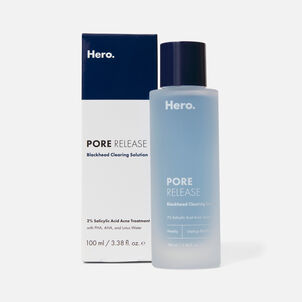
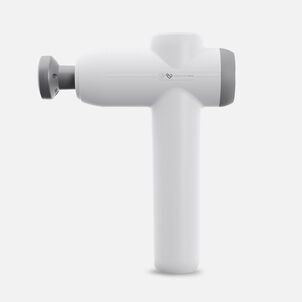
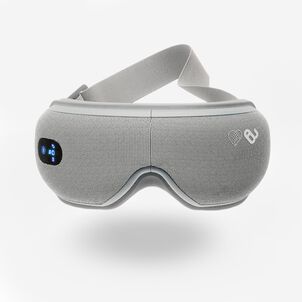
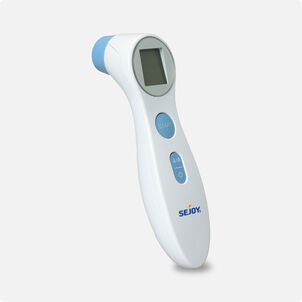
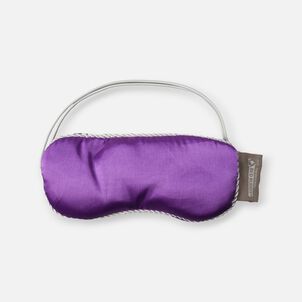
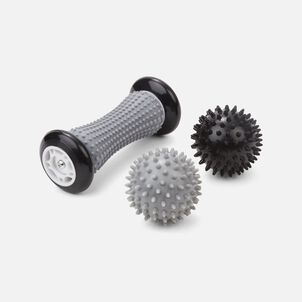


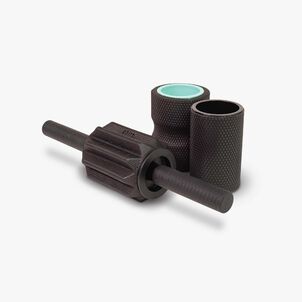
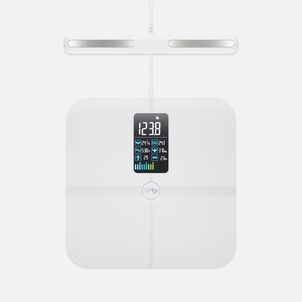


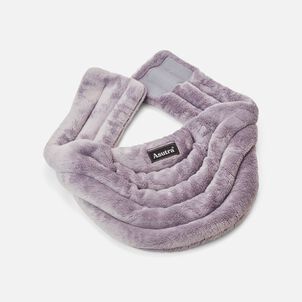

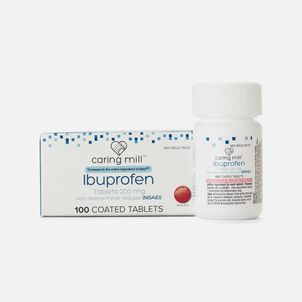
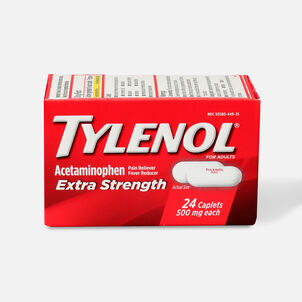
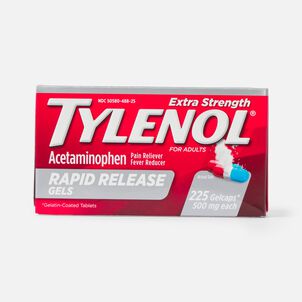
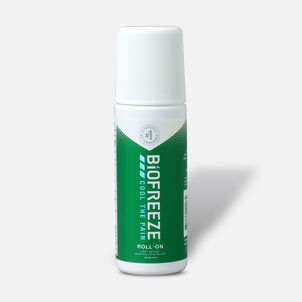

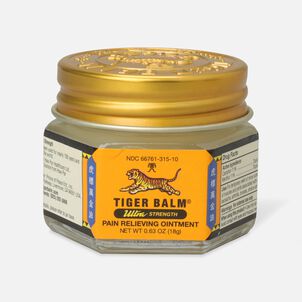
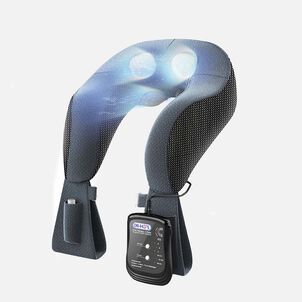
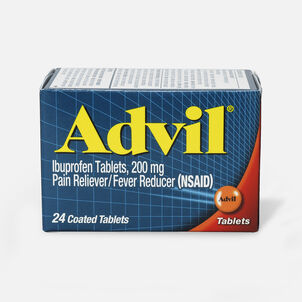

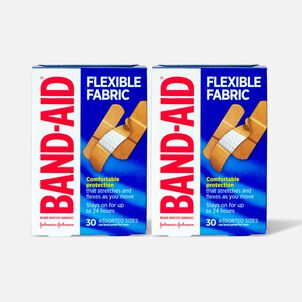
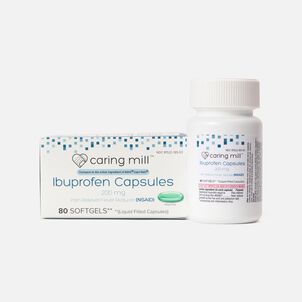
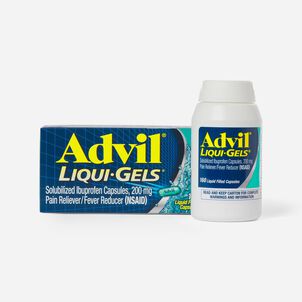
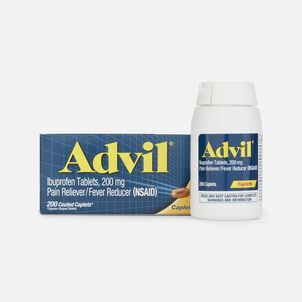

.png)
